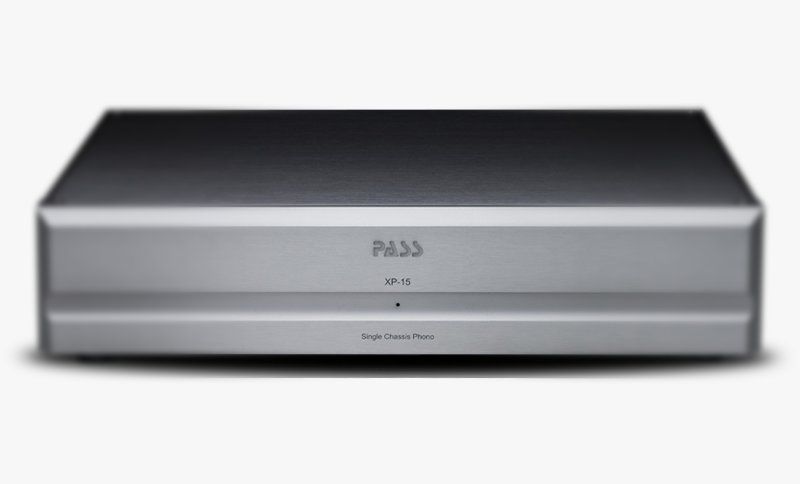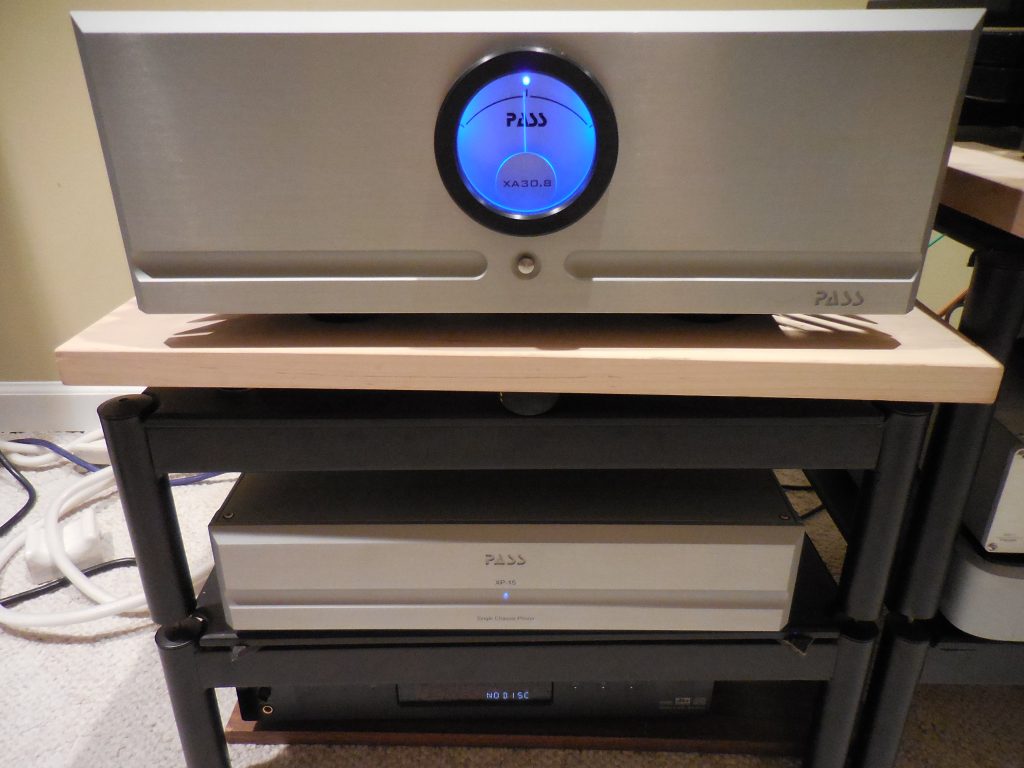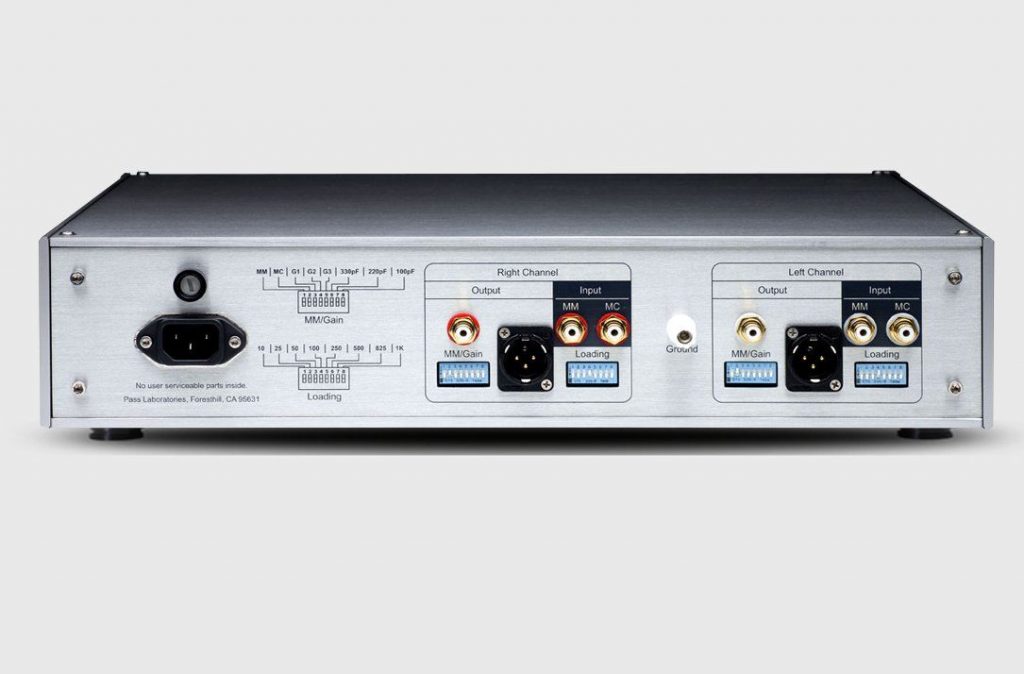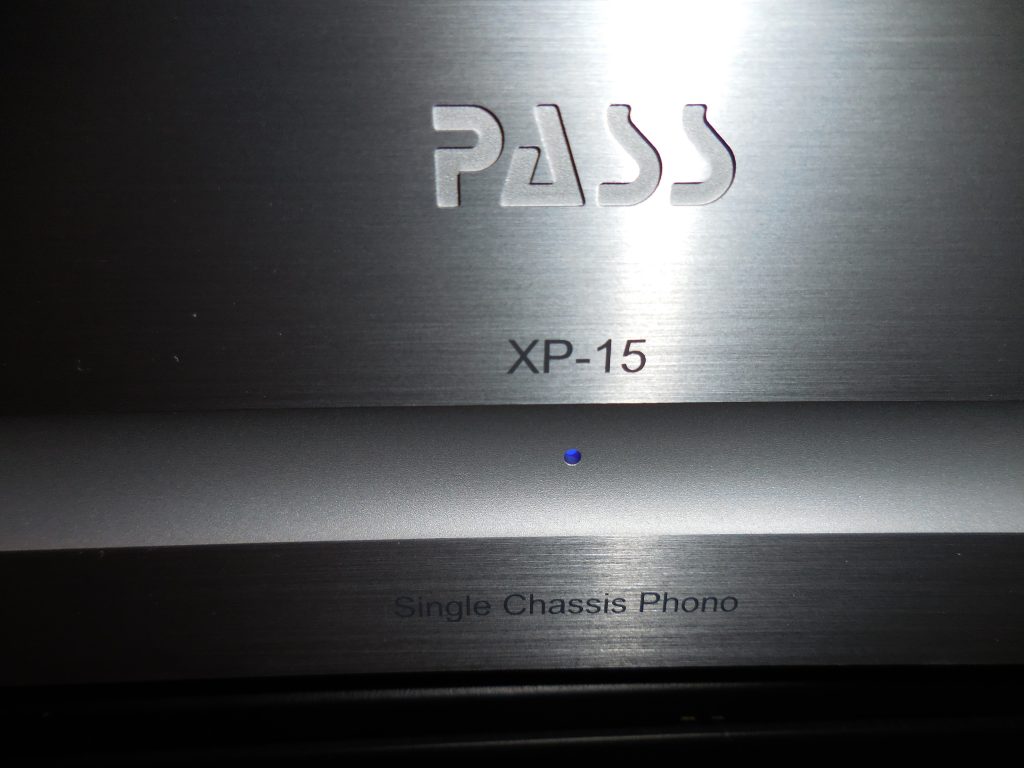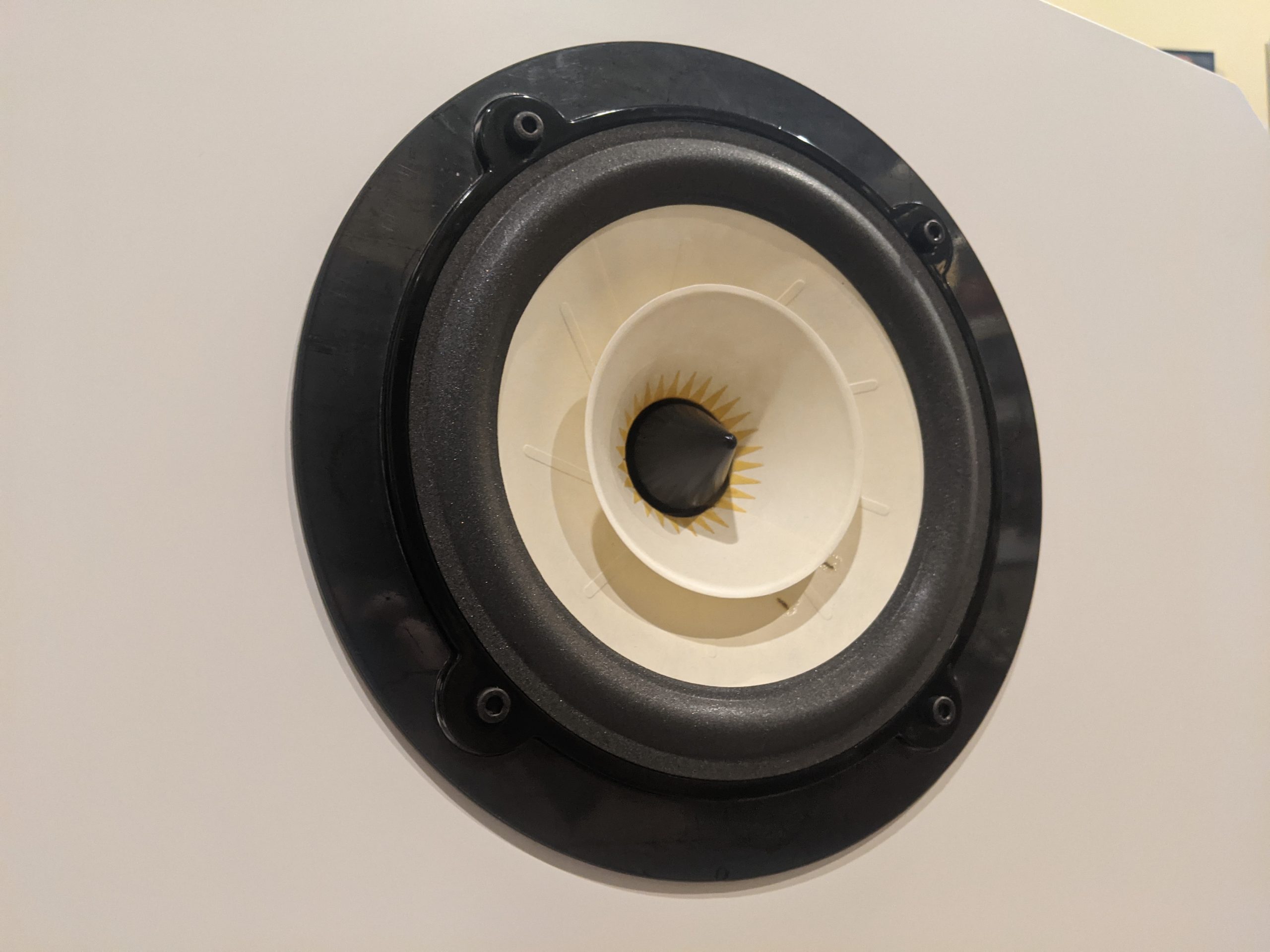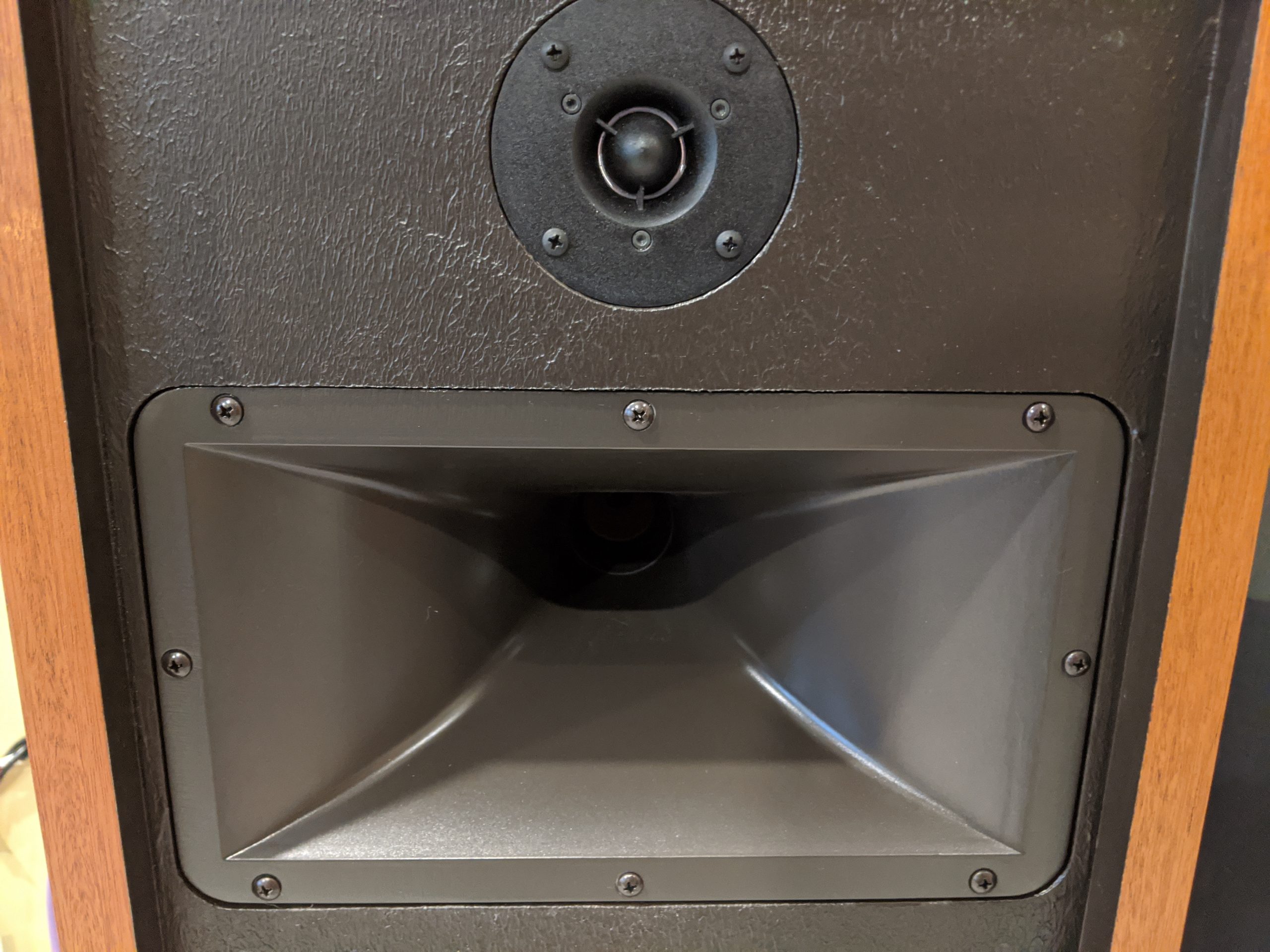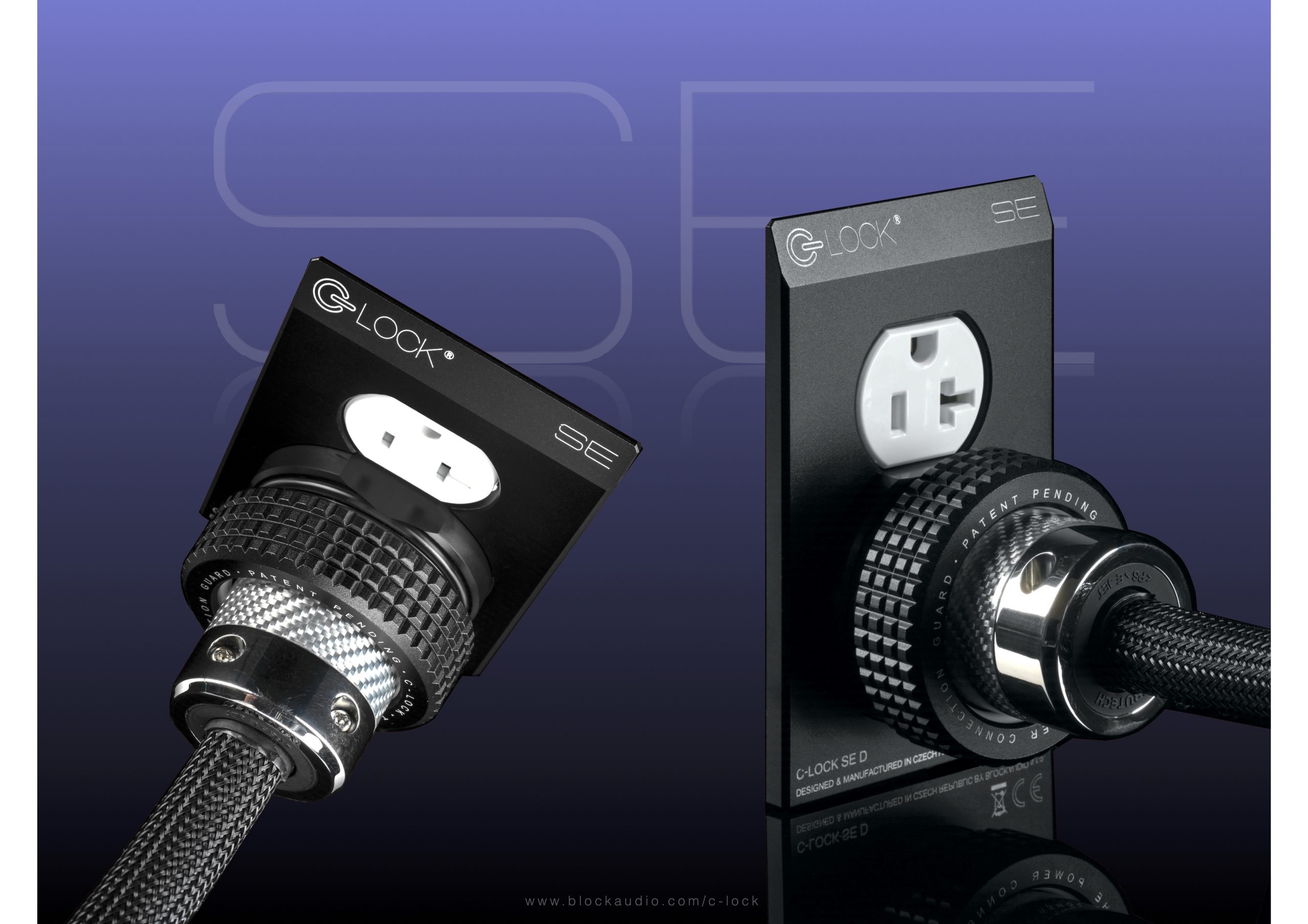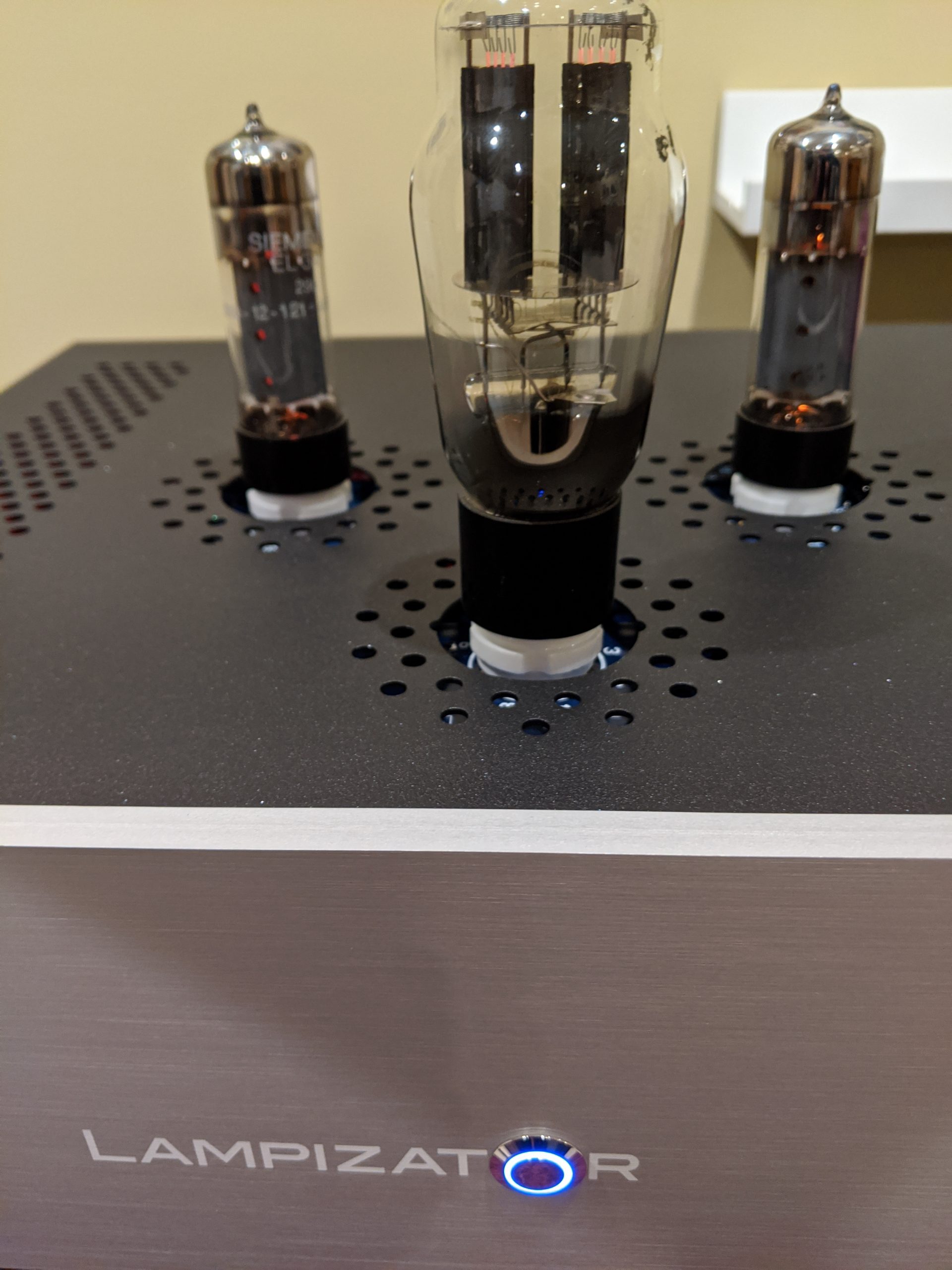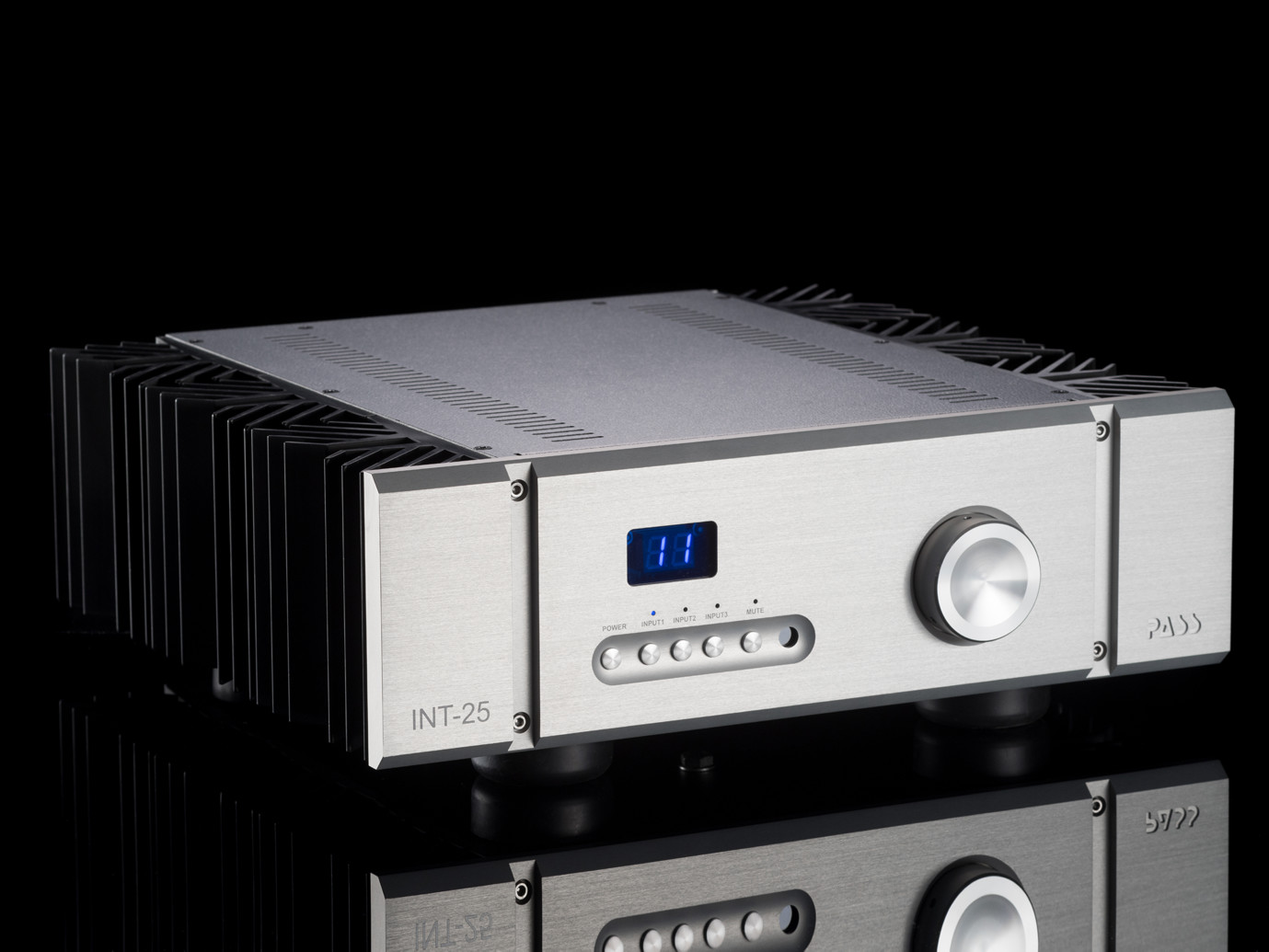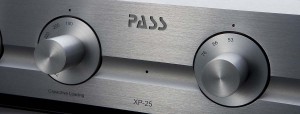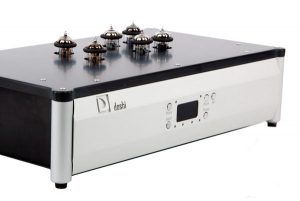Perhaps I should start at the end.
I love the XP-15 phonostage preamplifier.
In fact, I love it so much that one night I dreamt I had barricaded myself in the Tune Saloon, armed with a cheap 1980's CD player blasting a non-remastered version of "We Built this City" at 120dB, forming an impenetrable sonic barrier against General Nelson and his Pass Labs field agents keen on taking it back from me…
Clearly, I've been watching way too many episodes of Scorpion.
(Uh, no.)
After over a year of tweaking, the cumulative enhancements to my turntable/cartridge are much greater than I expected. My analog sounds so good, that I really wanted to explore the performance break-point of my system via a more accomplished phono stage. PF compadre, Bob Youman, reviewed the Pass Labs XP-15 in Issue 56 (HERE), and after reading his glowing report, I contacted Pass requesting the opportunity to live with the XP-15 for a while. They graciously agreed. Lucky me! The Pass Labs XP-15 phono stage is a mature product and has been well-reviewed by a slew of top-notch audio writers whose vinyl hi-fi knowledge runs rings around my own. However, Pass Labs gear does produce sound I gravitate toward, so reviewing the XP-15 made perfect sense. And while it may be the entry point for many high-end audio enthusiasts and reviewers, at its price-point, the XP-15 is a likely zenith for this rock n' roll cowboy.
A Pass(ing) Fancy
Over time, my system has subtly slid toward Pass-ively solid-state. The three Pass Labs amps I've owned or tested, including my reference amp, the Pass Labs XA30.8, have been excellent in every respect, so it was an exciting day when the carton containing the Pass phono stage arrived. As I unboxed the XP-15 and slid it onto my rack, I thought to myself, this is what it felt like to slip on my dad's Rolex for the first time. Like encircling the wrist with Rolex gold, it was a privilege to have the opportunity to play with the XP-15, as it is in high demand and Pass doesn't hand them out like candy.
Designed by Pass Labs' engineer, Wayne Colburn, the XP-15 has all the operational goodies one would expect of a $3800 dollar phono preamp. It is a single chassis, solid-state, dual-mono, low noise design. The rear of the unit is the business end: There are two single-ended Inputs, one for Moving Magnet (MC), and one for Moving Coil cartridges (MC). (Moving Iron cartridges can be used as well.) There are both balanced and single-ended outputs. Flexibility is assured by the two 8 pole dip switches used to adjust each channel for cartridge type, gain, and loading. Resistive loading for Moving Magnet is fixed at 47ohms, with a gain of 46dB. MM Capacitance settings range from 100pF to 750pF.
There are three gain choices available for Moving Coil; 56dB, 66dB, and 76dB; as well as eight basic Resistive load settings, with a whopping 256 possible combinations ranging from 2 to 47K ohms. Capacitive loading may be added to further tweak frequency balance and dynamic response. The silk-screened switch selection guides next to the power cord connection are a nice touch. I used them several times by simply shifting the unit enough to read them with cheater glasses. Filling out the rear panel is a 120v IEC cord connection, fuse holder, and turntable ground connection. (Other unit input voltages are available from the factory.)
The XP-15's brushed aluminum front panel is visually striking and passingly familiar—I'm guessing it's yet another classic design by Pass Labs' president, Desmond Harrington. There is but a single, tiny blue LED below the Pass logo to indicate the phono stage is powered up. The XP has no power switch, so once plugged in, it is on all the time. The unit only draws 15 watts, so to guarantee the best sound is available at all times, it's probably best to leave it on 24/7.
The XP-15's specifications are as special as its sound. Accuracy to the source recording is supported by the XP-15's nearly unwavering RIAA curve, which is accurate to within 1/10 of a dB over 10 octaves. Output Impedance is 300 ohms. Maximum output is 20 volts RMS, and unweighted noise is -81dB referenced to 1mV for MC. The adjustable gain is suitable for most, if not all, moving coil cartridges without an additional step up transformer.
I set the MC gain dip switch to 66 dB and the load resistance to 100 ohms for a starting point, and connected the unit to my Bent AVC-1 linestage. I couldn't wait to throw on some vinyl and see what a green fifteen sounded like. Well, it wasn't all roses and Rolex's; it sounded a bit muddy and the bass was a smidgen overblown. Still, it was easy to hear this was no mere Timex, but a serious phono preamplifier. By the end of the first evening, the muddiness and bass bloat had all but gone away, leaving the (mostly) splendid sound of a proven high-end solid-state phono stage. Every Pass component that has passed through my listening room has taken a week to come to thermal and musical stability, and the XP-15 was no different. A couple weeks plus numerous albums later, the XP had improved dramatically in clarity, and extension. Further improvements were subtle, but the XP did smooth out a little more over time. Before the unit arrived, I'd read up on the load settings others had been using with an XP-15 and Lyra Delos—due diligence, I suppose. In the first few weeks I made a variety of loading changes, only to find that my initial setting seemed to mate best for my ears and gear. I also tried the 56dB gain setting, and it worked well, but decided I preferred the 66 dB setting with my passive Bent linestage.
Timeless Analog
Admission: I've only owned a few phono preamps, and I have never had a phono stage as good as the Pass in my home. The XP-15's power and clarity are exceptional and predictably better than my Wright WP100C. Dynamic punches are startling, and even when turned up so loud my ears beg for mercy, the system plays on with little obvious audible distortion beyond the noise floor of the recording itself.
One of the strengths of the XP-15 is its resolution of fine detail. It reproduces every bit of sound my modified Music Hall MMF-9 and Lyra Delos can wring from the grooves. I hear each pluck of upright bass, every stick tip tickling cymbal tops, and all the finely nuanced sounds in between. And because the XP-15 is extremely quiet, it lets all this musical information to get to the ears, even at low volumes. In addition to this detailed presentation, the Pass also has a beautifully layered, dimensional stage with excellent width and depth. Musicians and vocalists are distinct in location, and on exceptional recordings, there is a sensation of realness that is quite thrilling.
If you've read my vinyl upgrade series, (Learning the) Vinyl Rules (HERE), then you are aware my Turntable/arm is modest in the world of mega-bucks hi-fi. I tweaked the table a little, rewired the arm, and strapped a Lyra Delos to the end of it. Suddenly, my LP world opened up. With the XP-15 in in the audio chain, I hear the true genius of the Lyra for the first time. A wonderful, albeit sobering notion; as I quickly realized the Pass was the difference maker. The Lyra Delos is fast, extended, dynamic, and yet comparatively lean. The Pass highlights these Delos traits in the best possible way; and in comparison, quite clearly demonstrates how my Wright balances, as well as holds those same qualities back. It is not that my beloved Wright is a poor phono stage, it is quite good, but the XP-15 is superior in every way.
I've collected a treasure trove of 1960's and 70's classic jazz/rock/pop records that see the table quite often. Some of my oldest and most favorite albums haven't been treated all that well—Party on, Garth—but the XP-15 doesn't care; with the Delos tilling the soiled grooves, the system powers through the scrapes and scratches to bring my favorite rock LP's to life in the most impressive way. Even my original pressing of Yes' 1970 release, Time and A Word, sounds pretty good. While not Yes' best effort, there are a few songs, like "Astral Traveller", that I really enjoy. The XP reproduces this record with more bass depth, spatial separation, and dimensionality than I've ever heard. It's not like "hearing it for the first time", but it is like hearing it the way it should be heard.
I suppose it seems a bit cliché for me to bring up the sound of Aja; but I've been a Dan fan since the Steely bunch burst on the scene with Can't Buy a Thrill. I listen to SD because I love the music, not because their records are generally well recorded. The Pass paints such a vivid sonic picture of Aja that my noggin'-bobbin' starts immediately upon the opening strains of "Black Cow". There is a languid, weaving drive to Aja; its musical moods punctuated by splendid solo turns from the gifted ensemble of players. Treble extension is amazing, as is the layering and separation of all the various instruments. I enjoy the XP's wonderful tick of the second-hand precision, and its lightning quick transients, both which add greatly to lifelike reproduction. To be sure, the digital remastering of Aja sounds very good, but honestly, when the XP-15 is decoding the analog, there is an essence of rightness that transcends format.
Warming the Cockles of my Heart
I've wrestled with the idea of "warmth". Sometimes it's a tough concept to convey. As with the Delos, I do not believe the XP-15 is warm, and in my system it really doesn't sound like anything but the signals coursing through its electronic veins. If there is warmth, stridence, or cool calculation, I hear it. That said, during my time with the XP, it never strayed to unlistenable, even with the crappiest recording I could feed it. I've mentioned the Pass' ability to go deep and soar high, but the Fifteen has a sumptuous midrange too. It showcases the warmly-lit tonal colors of Al Stewart's Time Passages, and elevates Ted Templeman's lush production of the late Nicolette Larson's, Nicolette, to a minor masterpiece of 70's California country/pop/rock. There is more midrange tonal color than I would have ever expected from a solid state phono stage; sometimes more than my Wright's tubes reveal. Bass definition and pitch are excellent, and tonality at the higher end is fabulous too, especially the shimmer of cymbals, and the top octave ranges of female vocals.
The XP-15 gives music body, slam, dimension, and delicacy. Clarity and resolution are outstanding, as is the Pass' ability to sort out complex rhythms and recreate them in a musically satisfying way. But it is the XP's ability to put its high degree of detail extraction to use in service of the music, that may be its greatest strength. It's still quite a surprise to me when I play an old favorite through the Lyra/XP-15 connection for the first time. Hearing all the glorious music that's been hiding in the grooves for decades is quite an ear-opener.
It's a real shame most people will never get to experience this singular musical joy.
Time Passages
During my exploration of high-end audio, I've noted that great components don't make everything sound "perfect". Instead they reproduce each recording as it sounds. Of course they interject a little bit of their own personality, but the best ones do this without affecting the honesty contained within each recording. In my experience, and in my system, the Pass Labs XP-15 Phono Stage fits that mold perfectly, and performs without demonstrated weaknesses. If I break down the sound of the XP-15 without using the entire Glossary of Predictable Audiophile Adjectives (GPAA), instead distilling the critique to only a few remarks, I'd say the Pass has powerfully immersive resolution, and focus. It is seductively special, and listening to my record collection through it, is a most treasurable experience. Almost as precious as wearing my late father's cherished Rolex.
I can't think of a single audio component that has given me so much more than I expected. And that is especially surprising considering the accolades that preceded its arrival. It has a special synergy with the Lyra Delos and brings out the best in my analog playback chain. I still enjoy George Wright's diminutive gift to long playing records. But after hearing the XP-15, I've got a problem—and my opening statement said it all:
I love the XP-15.
Pass Labs, why do you want me to stay home from work and listen to record after record?
And to think, supposedly the penultimate Pass XP-25 has it all over the 15! Oh dang.
I haven't collected enough lost change in the folds of my couch to purchase, so I have no choice but to send the XP-15 back to Pass with a sincere note of gratitude for the extended audition. The XP-15 Phono Preamp is an easy recommendation of the highest order. It has ear-wormed its way into my head, and it will be very hard to go back to status quo.
Pass Labs XP-15 Phonostage Preamplifier
Retail: $3800 USD
Pass Laboratories
13395 New Airport Road, Ste G
Auburn, CA 95602
(530) 878 5350




